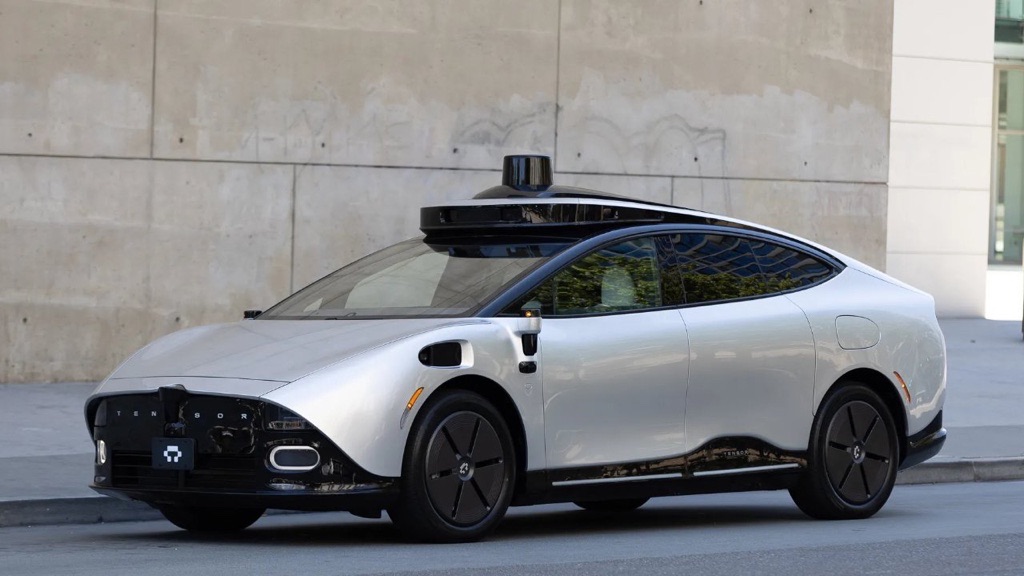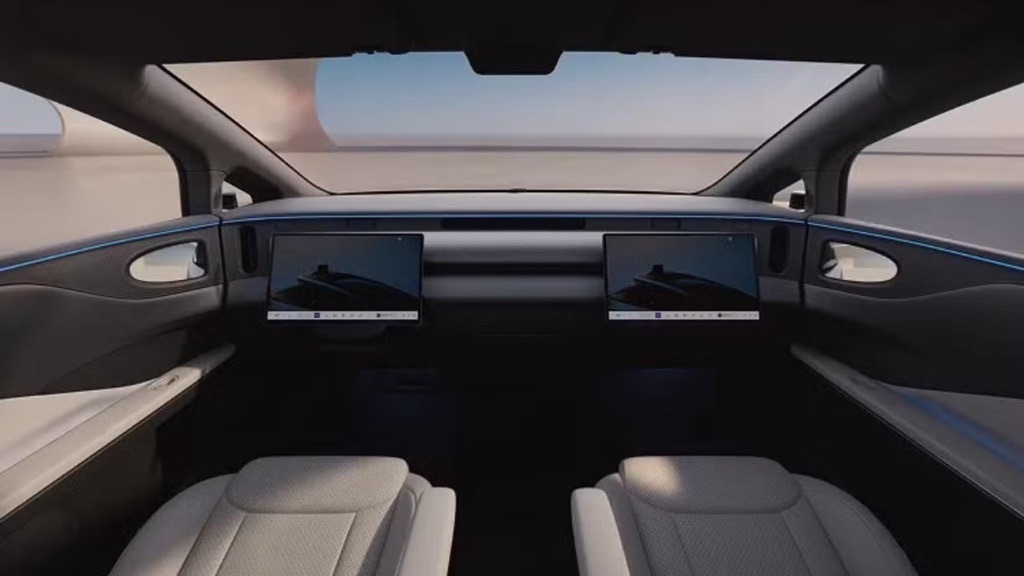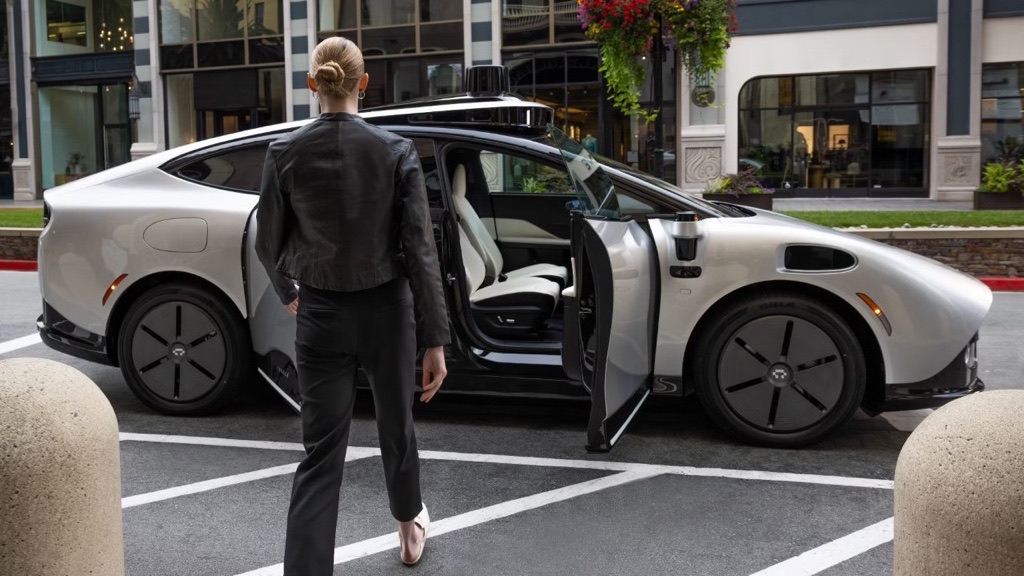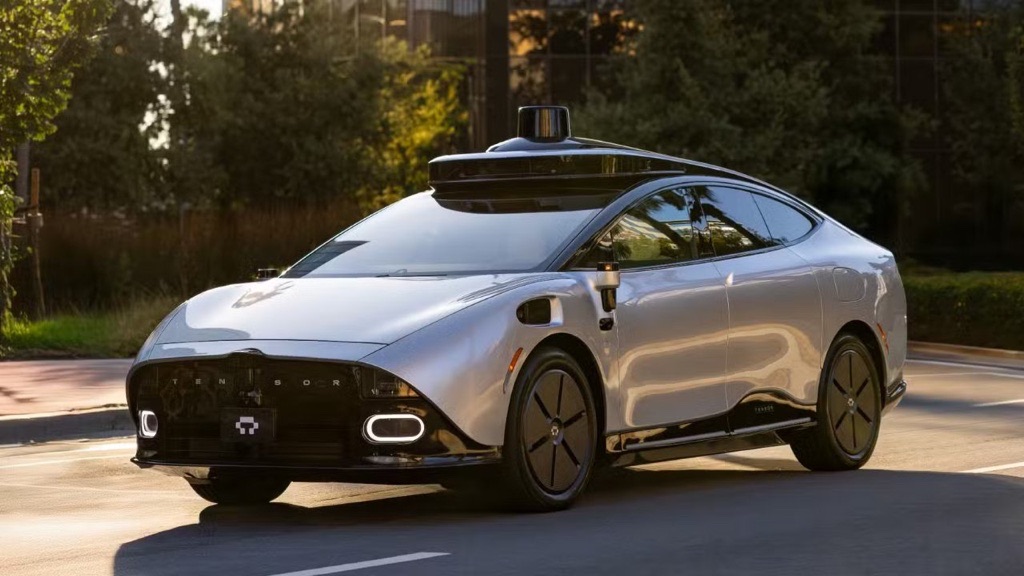Tensor Robocar: The World’s First Truly Autonomous Personal Vehicle — Or Just Hype?
Now and then, a company makes a bold announcement that sounds like the future arriving early. This week, that company is Tensor, and their unveiling of the Tensor Robocar has left the tech and auto industries buzzing.
Billed as the world’s first personal autonomous vehicle, the Robocar isn’t just a car with self-driving features. It’s an intelligent robot on wheels, designed to live in your garage and chauffeur you anywhere — without needing a technician or fleet manager. If Tensor delivers on its promises, this could be one of the biggest breakthroughs in AI-powered transportation in decades.
But is this next-gen EV a genuine revolution or just another ambitious dream? Let’s dive in.
The Self-Driving Dream Becomes Personal
For years, we’ve been promised a future of fully autonomous vehicles — where you sit back, relax, and let the car do all the work. So far, reality has been far less glamorous, with most self-driving systems requiring constant human supervision and entire fleets of robotaxis relying on daily maintenance from specialized teams.
Tensor’s Robocar takes a different approach:
-
It’s built for individuals, not fleets.
-
It’s designed to live in your garage, like any regular car.
-
No “babysitters” needed to keep it operational.
This is a personal robot chauffeur you actually own.

Packed with Sensors — and Then Some
Tensor has gone all-in on visibility and safety, equipping the Robocar with a staggering array of hardware:
-
37 cameras
-
5 LiDAR units
-
11 radars
-
22 microphones
-
10 ultrasonic sensors
With this setup, Tensor claims the Robocar has “uncompromised visibility.” It even includes special radar-transparent materials, dedicated wipers for its lenses, and protective covers for sensors when parked.
Essentially, this car sees everything — from a pedestrian crossing the street to a speck of dust floating in the air.

The AI Brain: Two Minds in One Car
At the core of the Tensor Robocar is a dual-mode AI system inspired by human thinking:
-
System 1 — Instant Reactions:
Handles sudden, unpredictable events like a squirrel darting across the road. -
System 2 — Strategic Reasoning:
Processes complex driving situations, such as navigating an unmarked intersection in bad weather.
Tensor calls this the “world’s first AI agentic vehicle.”
This means it’s not just reacting to commands — it learns, adapts, and even interacts with its owner.
You can talk, text, or gesture to the Robocar. It’s powered by a Large Language Model (LLM), similar to the AI technology behind chatbots, allowing it to understand natural language and personalize its behavior to your needs.
Imagine telling your car: “Drive me to work, but stop for my favorite coffee on the way.”
The Robocar doesn’t just follow — it plans and executes like a human assistant.
A Stunning Interior with Dual Modes
Tensor’s vision for the interior is futuristic yet practical.
-
Autonomous Mode:
The steering wheel folds away, and the display screen slides to create a spacious, lounge-like cabin. Perfect for working, relaxing, or even napping during your commute. -
Manual Mode:
Switch back to traditional driving with the steering wheel and controls reactivating instantly.
This flexibility creates a truly unique in-car experience — a workspace, living room, and vehicle all in one.
Serious Privacy & Safety Features
Tensor is aware of concerns about privacy and reliability.
Here’s how they’ve addressed them:
-
Local Data Processing: All your driving data stays in the car — not uploaded to the cloud.
-
Physical Privacy Covers: Switches to disable microphones and camera covers for private moments.
-
Full System Redundancy: Backup power and controls ensure there’s no single point of failure, reducing the risk of accidents.
Industry Powerhouses Behind the Scenes
While Tensor is a Silicon Valley startup, it’s not working alone. The Robocar’s development involves major global partners, including:
-
NVIDIA – providing the AI supercomputer brain
-
VinFast – handling vehicle manufacturing in Vietnam
-
Bosch, ZF, and Continental – leading automotive suppliers contributing key systems
This collaboration brings credibility — and the industrial strength needed to make mass production a reality.

The Big Missing Piece: Specs
For all the talk about AI and autonomy, Tensor hasn’t released basic car specs like:
-
Horsepower
-
Battery capacity
-
Range per charge
-
0-60 mph acceleration
-
Vehicle dimensions
Without this information, we don’t know if the Robocar is a compact city car or a full-sized SUV. This leaves many questions about its practicality and performance unanswered.
Launch Timeline and Price
Tensor plans to begin deliveries in late 2026, though pricing remains a mystery. Given the cutting-edge technology, it’s unlikely to be cheap. Expect a premium price point comparable to luxury EVs — at least initially.
Verdict: Game-Changer or Vaporware?
The Tensor Robocar could be the most significant leap forward in personal transportation since the invention of the car itself. If successful, it would:
-
Eliminate the stress of commuting
-
Personalize driving experiences through AI
-
Redefine the relationship between humans and vehicles
However, with no concrete specs and a launch still years away, skepticism is natural. This could be the future of mobility — or just another overhyped concept that never materializes.
Conclusion
Tensor’s Robocar represents the dream of true autonomy, where your vehicle is more than just transportation — it’s a partner, assistant, and chauffeur rolled into one.
If Tensor delivers on its promises, the Robocar could reshape how we live and travel. But until production begins in 2026, the world will be watching — and waiting.

